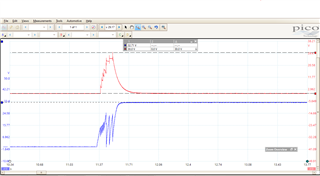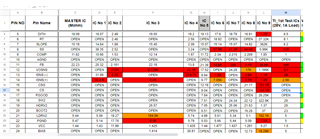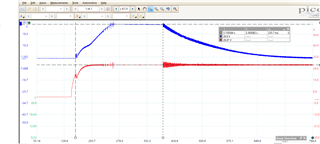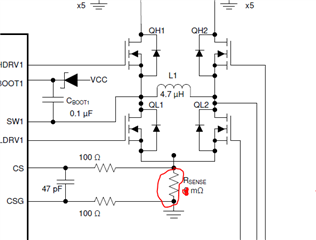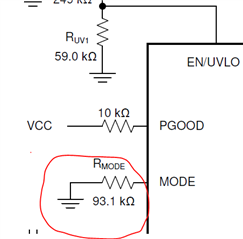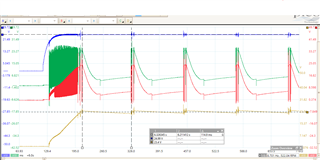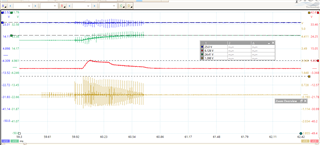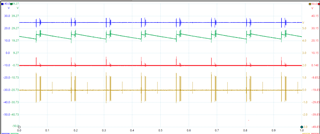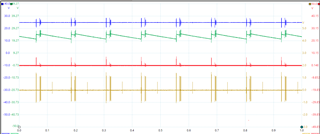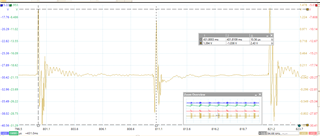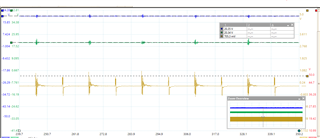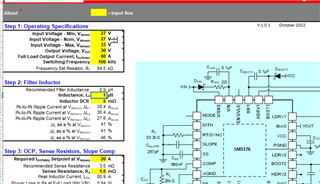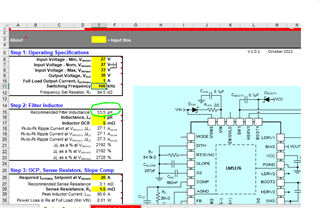Other Parts Discussed in Thread: LM5176
Hello TI Team,
We are using LM5176QPWPTQ1 for buck-Boost convertor.
We are facing LM5176 ICs getting damaging and until now 10-12 qty have been damaged and still there is no output voltage (Load was 0A (no load) or small load 0.5A etc). Below is the our schematic with brief system specs.
Vin (min): 27V
Vin (max): 33V
Vout (nor): 30V
Please find below attached schematic
LM5176_Testing_Schematic_1.pdf
Request you kindly do the support on the same.


